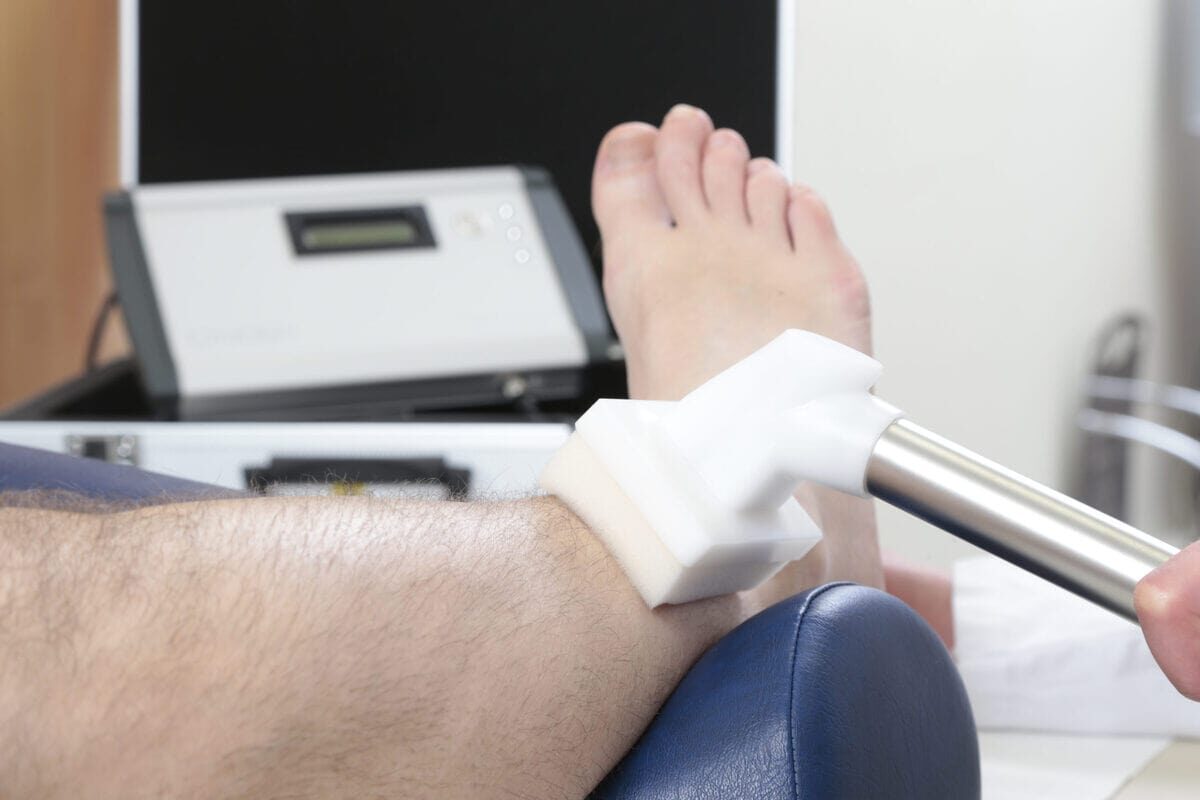A recent study published in the journal PLoS ONE has unveiled that Women who used selective serotonin reuptake inhibitors (SSRIs) during pregnancy were more likely to give birth to newborns with longer umbilical cords. The researchers noted that longer umbilical cord may reduce fetal circulation, wrap around the fetus’s neck, or cause problems in later pregnancy and labor. Hitherto, mothers’ use of SSRI antidepressants has been associated with lower Apgar scores and birth weight of newborns, but this is the first study to find an association with SSRIs and umbilical cord length.
This study reviewed data on 369 pregnant women who used SSRIs. After adjusting for confounding factors, the researchers found that the infants with the longest umbilical cord lengths were more than 1.6 times as likely to have been exposed to prenatal SSRIs. Newborns exposed to SSRIs had significantly lower Apgar scores and more admissions to the neonatal intensive care unit than newborns not exposed to SSRIs. This effect was most associated with the SSRIs fluoxetine, citalopram, and paroxetine.
The study’s first author Julia Kivisto (Department of Psychiatry, University of Eastern Finland, Finland) deciphered that SSRIs may increase the activity and movement of the developing fetus, eventually umbilical cord stretches and gets longer. Ms. Kivistö added that while choosing the treatment for depression it is important to carefully consider the individual situation of each patient




